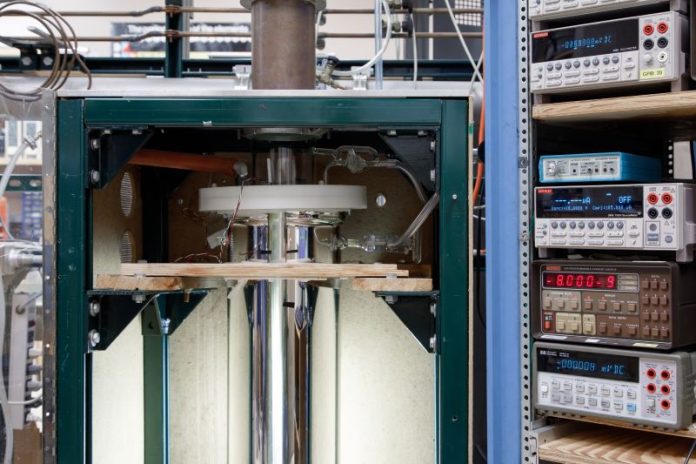
In a major scientific breakthrough, researchers in the U.S. have managed to create a superconducting material that works under normal, everyday pressure—something that has long been a dream in the world of physics and engineering.
This discovery could lead to big changes in how we power our homes, build electronics, and run large energy systems.
Superconductors are special materials that can carry electricity with zero resistance, which means no energy is lost during transmission.
This makes them incredibly efficient and valuable.
But there’s a catch: most superconductors only work at extremely low temperatures or under incredibly high pressure, making them hard to use in practical, real-world settings.
Now, researchers at the University of Houston, with support from the U.S. National Science Foundation, have changed the game.
They developed a new method called the “pressure-quench protocol,” which allowed them to stabilize a superconducting material made from bismuth, antimony, and tellurium so that it works under normal pressure conditions—like those in your living room.
This process involves first applying high pressure to the material to get it into a superconducting state, then quickly cooling it down in a way that locks in those properties, even after the pressure is removed.
The result is a stable material that behaves like a superconductor in everyday environments, without needing extreme conditions to function.
The findings were published in the prestigious journal Proceedings of the National Academy of Sciences and included contributions from scientists at the University at Buffalo and the University of Illinois Chicago.
Professor Paul Ching-Wu Chu, a leading researcher on the project, explained that this new method not only makes it possible to study superconductors in easier conditions but also opens doors to discovering entirely new material behaviors that were previously hidden under extreme pressure.
John Schlueter, program director at the NSF’s Division of Materials Research, added that this technique could lead to the creation of new states of matter and help scientists better understand how superconductivity works in different materials.
Why does this matter? If scientists can create superconductors that work in everyday conditions, it could transform everything from smartphones and laptops to electric grids and high-speed trains. Energy loss in power lines could be drastically reduced, making our electricity use much more efficient and sustainable.
This discovery marks a big step forward in the journey toward practical superconducting technologies, bringing futuristic possibilities closer to our daily lives.
Source: KSR.



